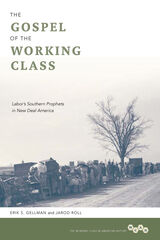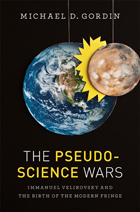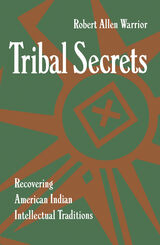
In this exceptional dual biography and cultural history, Erik S. Gellman and Jarod Roll trace the influence of two southern activist preachers, one black and one white, who used their ministry to organize the working class in the 1930s and 1940s across lines of gender, race, and geography. Owen Whitfield and Claude Williams, along with their wives Zella Whitfield and Joyce Williams, drew on their bedrock religious beliefs to stir ordinary men and women to demand social and economic justice in the eras of the Great Depression, New Deal, and Second World War.


Chinese ink painters of the Republican period (1911–1949) creatively engaged with a range of art forms in addition to ink, such as oil painting, drawing, photography, and woodblock prints. They transformed their medium of choice in innovative ways, reinterpreting both its history and its theoretical foundations. Juliane Noth offers a new understanding of these compelling experiments in Chinese painting by studying them as transmedial practice, at once shaped by and integral to the modern global art world.
Transmedial Landscapes and Modern Chinese Painting shines a spotlight on the mid-1930s, a period of intense productivity in which Chinese artists created an enormous number of artworks and theoretical texts. The book focuses on the works of three seminal artists, Huang Binhong, He Tianjian, and Yu Jianhua, facilitating fresh insights into this formative stage of their careers and into their collaborations in artworks and publications. In a nuanced reading of paintings, photographs, and literary and theoretical texts, Noth shows how artworks and discussions about the future of ink painting were intimately linked to the reshaping of the country through infrastructure development and tourism, thus leading to the creation of a uniquely modern Chinese landscape imagery.

Chinese ink painters of the Republican period (1911–1949) creatively engaged with a range of art forms in addition to ink, such as oil painting, drawing, photography, and woodblock prints. They transformed their medium of choice in innovative ways, reinterpreting both its history and its theoretical foundations. Juliane Noth offers a new understanding of these compelling experiments in Chinese painting by studying them as transmedial practice, at once shaped by and integral to the modern global art world.
Transmedial Landscapes and Modern Chinese Painting shines a spotlight on the mid-1930s, a period of intense productivity in which Chinese artists created an enormous number of artworks and theoretical texts. The book focuses on the works of three seminal artists, Huang Binhong, He Tianjian, and Yu Jianhua, facilitating fresh insights into this formative stage of their careers and into their collaborations in artworks and publications. In a nuanced reading of paintings, photographs, and literary and theoretical texts, Noth shows how artworks and discussions about the future of ink painting were intimately linked to the reshaping of the country through infrastructure development and tourism, thus leading to the creation of a uniquely modern Chinese landscape imagery.

READERS
Browse our collection.
PUBLISHERS
See BiblioVault's publisher services.
STUDENT SERVICES
Files for college accessibility offices.
UChicago Accessibility Resources
home | accessibility | search | about | contact us
BiblioVault ® 2001 - 2024
The University of Chicago Press









